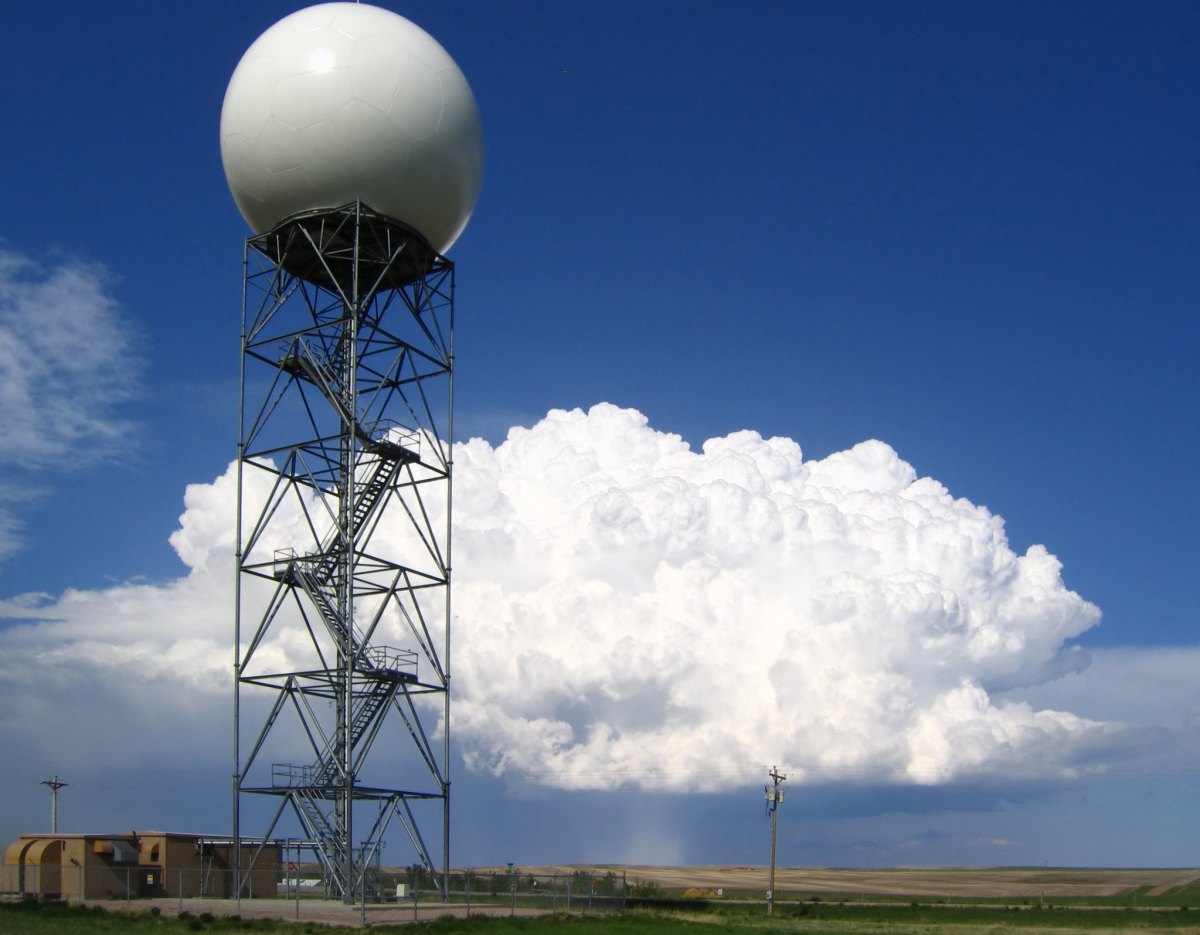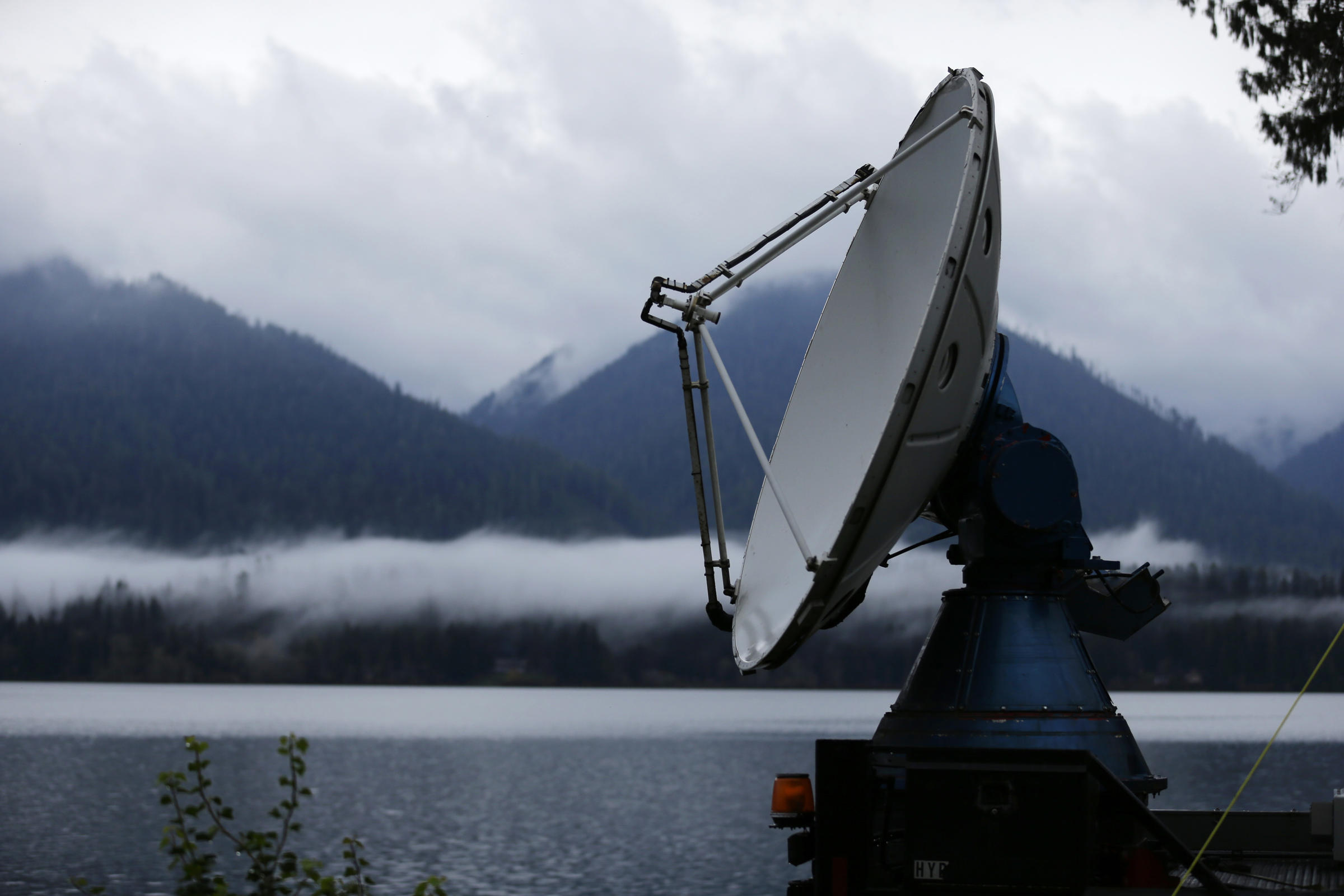Weather Patterns and Forecasting

Weather radar is a powerful tool that meteorologists use to track and predict the movement of precipitation, wind speed, and direction. This information is essential for forecasting weather patterns and providing timely warnings of severe weather events, such as hurricanes, tornadoes, and thunderstorms.
Weather radar works by sending out pulses of electromagnetic energy and measuring the amount of energy that is reflected back to the radar receiver. The intensity of the reflected energy is proportional to the amount of precipitation in the atmosphere, so meteorologists can use radar data to create images of precipitation patterns. Radar can also be used to measure wind speed and direction by tracking the movement of precipitation particles.
Weather radar is a valuable tool for weather forecasting, but it has some limitations. One limitation is that radar can only detect precipitation that is within its line of sight, so it cannot see precipitation that is behind mountains or other obstacles. Another limitation is that radar can be affected by ground clutter, which is the reflection of radar energy from the ground. This can make it difficult to interpret radar data in some areas.
Despite its limitations, weather radar is an essential tool for weather forecasting. It provides meteorologists with valuable information about the movement of precipitation, wind speed, and direction, which helps them to make more accurate forecasts and provide timely warnings of severe weather events.
Severe Weather Detection and Warning

Weather radar, a crucial tool in modern meteorology, plays a vital role in detecting and tracking severe weather events, enabling timely warnings and advisories to safeguard public safety.
By transmitting pulses of electromagnetic energy into the atmosphere and analyzing the reflected signals, weather radar provides real-time data on precipitation intensity, movement, and structure. This information allows meteorologists to identify and monitor developing severe weather patterns, including hurricanes, tornadoes, and thunderstorms.
Hurricane Detection and Tracking
- Weather radar detects the presence of hurricanes by identifying areas of heavy precipitation and strong winds.
- By tracking the movement and evolution of hurricane systems, meteorologists can issue timely warnings and evacuation orders to affected areas.
- Radar data helps predict the hurricane’s path and intensity, aiding in decision-making for emergency response teams.
Tornado Detection and Warning
- Weather radar plays a critical role in detecting and tracking tornadoes, often providing the first indication of their formation.
- The characteristic hook echo pattern on radar indicates the presence of a rotating thunderstorm, a potential precursor to a tornado.
- Tornado warnings are issued based on radar data, allowing communities to seek shelter and minimize the risk of injury or death.
Thunderstorm Detection and Warning, Weather radar
- Weather radar is used to detect and track thunderstorms, identifying areas of heavy rainfall, lightning, and hail.
- Radar data helps forecasters issue severe thunderstorm warnings, providing advance notice of potential hazards such as flash floods, strong winds, and lightning.
- Early detection and warning of thunderstorms enable individuals and communities to take precautionary measures to ensure safety.
The impact of weather radar on improving public safety during severe weather is profound. By providing timely and accurate warnings, radar technology helps communities prepare for and mitigate the risks associated with these potentially devastating events.
Data Visualization and Analysis: Weather Radar
Weather radar systems play a vital role in weather forecasting and analysis. They provide real-time data on precipitation patterns, wind speeds, and other atmospheric conditions, which can be used to track and predict severe weather events. Data visualization and analysis are essential for extracting meaningful insights from this vast amount of data.
Key Features and Capabilities of Weather Radar Systems
Different types of weather radar systems have varying key features and capabilities. The following table summarizes some of the key differences:
| Type of Radar | Key Features | Capabilities |
|---|---|---|
| Doppler Radar | Measures the velocity of precipitation particles | Can detect wind shear, tornadoes, and other severe weather events |
| Polarimetric Radar | Measures the shape and size of precipitation particles | Can distinguish between different types of precipitation, such as rain, snow, and hail |
| Phased Array Radar | Uses multiple antennas to create a narrow beam | Can provide high-resolution images of precipitation patterns |
Trends and Patterns in Weather Radar Data
Weather radar data can be used to identify trends and patterns in precipitation patterns over time. These trends can help forecasters predict future weather events and identify areas that are at risk for flooding or other hazards.
The following charts illustrate some of the trends and patterns that have been observed in weather radar data:
- Precipitation patterns tend to follow seasonal trends, with more precipitation occurring in the spring and summer months.
- Severe weather events, such as tornadoes and hurricanes, are more likely to occur during certain times of the year.
- Climate change is causing changes in precipitation patterns, with some areas becoming wetter and others becoming drier.
Integration with Other Meteorological Datasets
Weather radar data can be integrated with other meteorological datasets to enhance weather forecasting and analysis. For example, radar data can be combined with satellite imagery to provide a more complete picture of precipitation patterns.
By integrating weather radar data with other datasets, forecasters can gain a better understanding of the atmosphere and make more accurate predictions about future weather events.
Weather radar is a fascinating technology that allows us to track and predict the weather. With the help of weather radar, we can get up-to-date information about the weather in our area. For example, if you’re interested in the weather in Tyler, Texas, you can visit tyler tx weather to get the latest forecast and radar images.
Weather radar is a valuable tool that can help us stay informed about the weather and make plans accordingly.
Weather radar, an indispensable tool for meteorologists, provides real-time insights into atmospheric conditions. In Louisville, where weather patterns can shift swiftly, accessing reliable weather updates is crucial. For up-to-date information on Louisville weather , weather radar technology plays a pivotal role in monitoring precipitation, cloud formations, and wind patterns, enabling accurate forecasts and timely alerts.